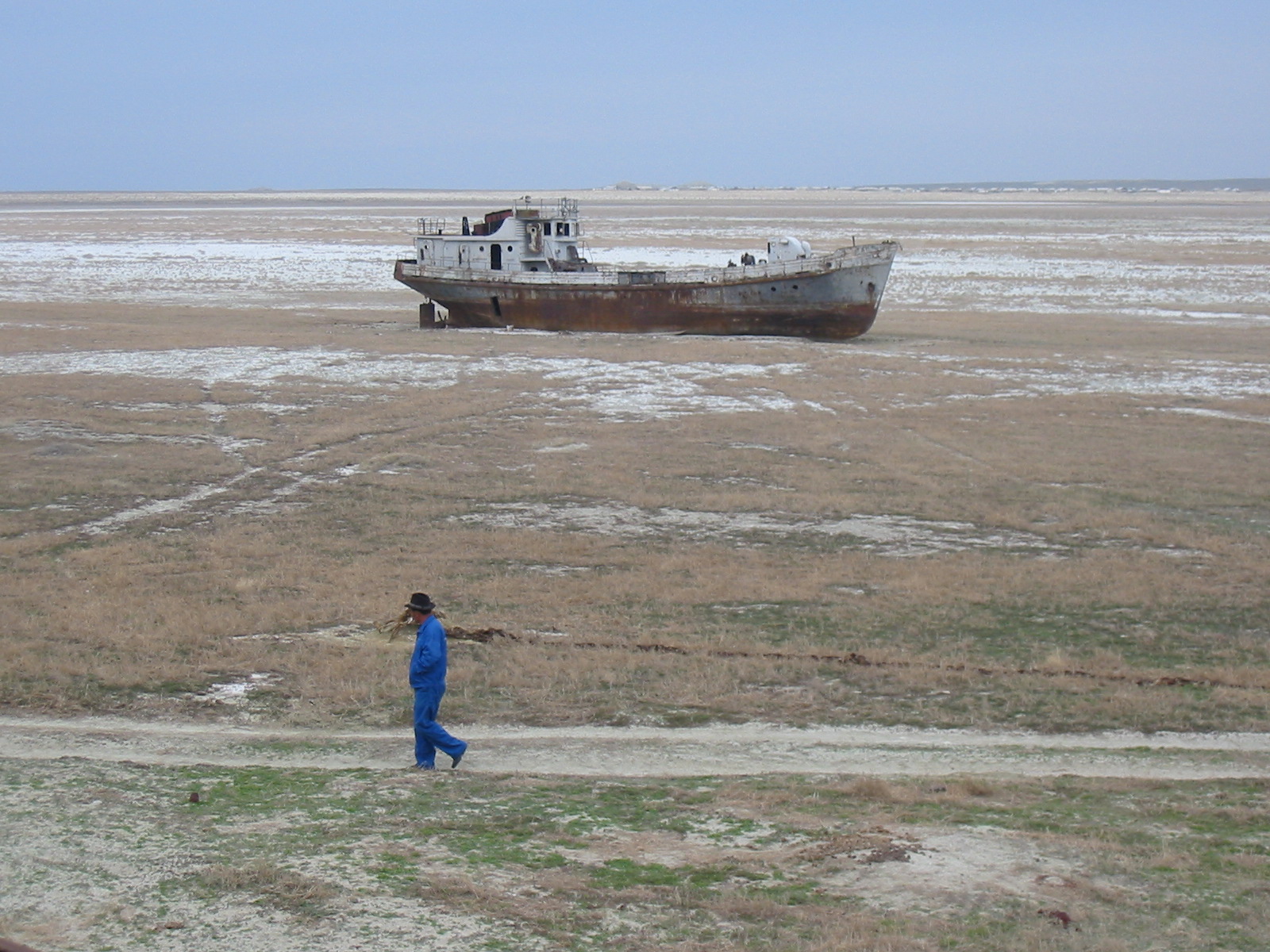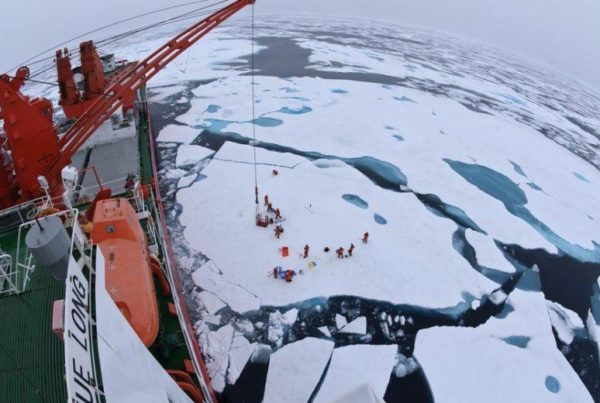By Aishwarya Sahai. (Originally published May 17, 2016 at the NATO Association of Canada. Re-printed with permission.)
On a daily basis, not much attention is given to everyday household appliances and products, including clothes, food or water. From the raw materials to production, manufacturing and transport, these items journeyed around the world to you. It is not inconsequential. The things you own have been affected by politics, economics, geopolitical rivalries, the environment and vice versa. The consequences of heavy industry in developing states are a short-term dream, and a long-term nightmare.
Climate change heavily affects water supplies and does so in multiple ways. Warm temperatures can cause water to evaporate faster than it can be replenished, especially in arid and dry regions with little precipitation. This leads to long-term droughts and as in the case of California, rationing of water for local and private use for economic and recreational purposes. Additionally, there is also the problem with the rise of sea levels, which push into coastal fresh-water aquifers, making the water more saline and unusable for human consumption. Lastly, there is the population problem; this ties closely with the economic problem. With an increasing population, there is naturally an increasing demand for water consumption, power generation, and agricultural sectors.

To exacerbate the problem further, apart from the basic problem of climate change, there is an extremely poor governance issue in terms of water allocation and sanitation systems. The UN Millennium Development Goals (MDGs) included improving environmental sustainability and to halve the number of people worldwide without access to fresh drinking water. It was then the responsibility of the UN established “Joint Monitoring Program” (JMP) for Water Supply and Sanitation, along with UNICEF and the World Health Organization (WHO), to monitor progress to achieve this MDG.
Water-borne diseases, which have killed millions of people, also have a negative and long-term effect on families, threatening children’s health and economic productivity of a society as a whole. These diseases affect family income not only through a decreasing economic productivity of individuals, but also the increased cost of official and unofficial healthcare. Lack of access to water therefore reduces income and economic contributions.

Access to water in this case is not just a climate change issue, but a problem of poor public policy and governance that limits access. Options of importing freshwater or “virtual water” are not sustainable. Examples of this can be seen in 2003 when Turkey signed a 20-year agreement to ship 50 billion liters of water a year to Israel to boost Israeli agriculture. Cyprus imported water from Greece to sustain its growing agricultural needs when it was hit by a drought in 2008. While these actions seem harmless, it is important to be mindful of the fact that when more water is pulled out of the ecosystem than can be replenished, water no longer remains a “renewable resource.”
On May 3, 2016, The World Bank released a report, stating, “Water scarcity, exacerbated by climate change, could cost some regions up to 6 per cent of their GDP, spur migration and spark conflict.” In North America, water is taken for granted and we seldom concern ourselves with the many aspects of a society and economy that demand on water. Water is the backbone of modern infrastructure from urban planning to agricultural development; water space to allocation must be taken into consideration. While Canada does not currently have a water scarcity crisis, economies we rely on, do.
Water scarcity affects countries that are leading economic powers in production and manufacturing of material goods we consume. Places such as India, China and the Middle East are currently facing severe drought, and the additional challenge to meet their economic quotas and surpass competition. Water scarcity according to the World Bank report suggests a high risk of conflict. As food prices spike, caused by droughts, it could inflame latent conflicts and drive migratory forces. However, according to economist Richard Damania; “When governments respond to water shortages by boosting efficiency and allocation even 25 percent of water to more highly-valued uses, losses decline dramatically and for some regions may even vanish. Improved water stewardship pays high economic dividends.”
Water is indeed a renewable resource when used correctly. When governments invest in sustainable projects and local developments as their populations grow, their emissaries will thrive. In order to tackle conflicts before they arise and deal with migration flows, environmental sustainability must be a top priority for governments worldwide.








